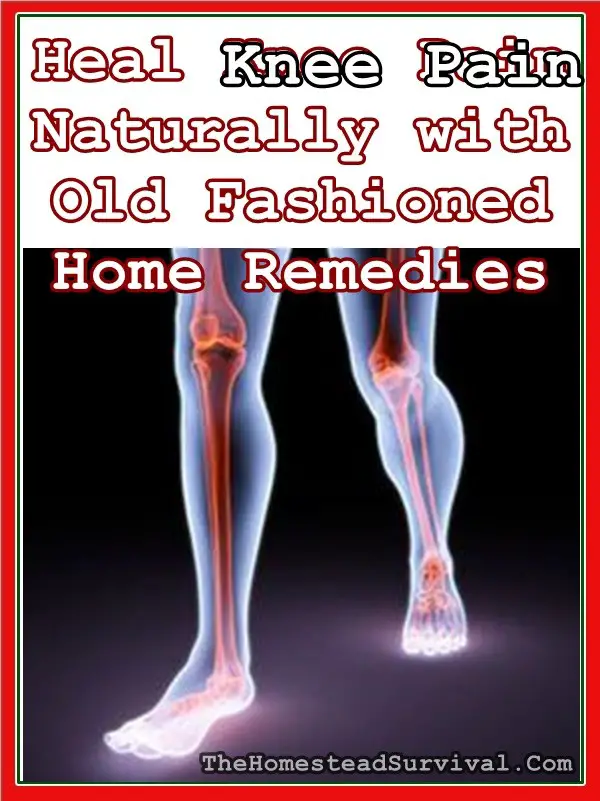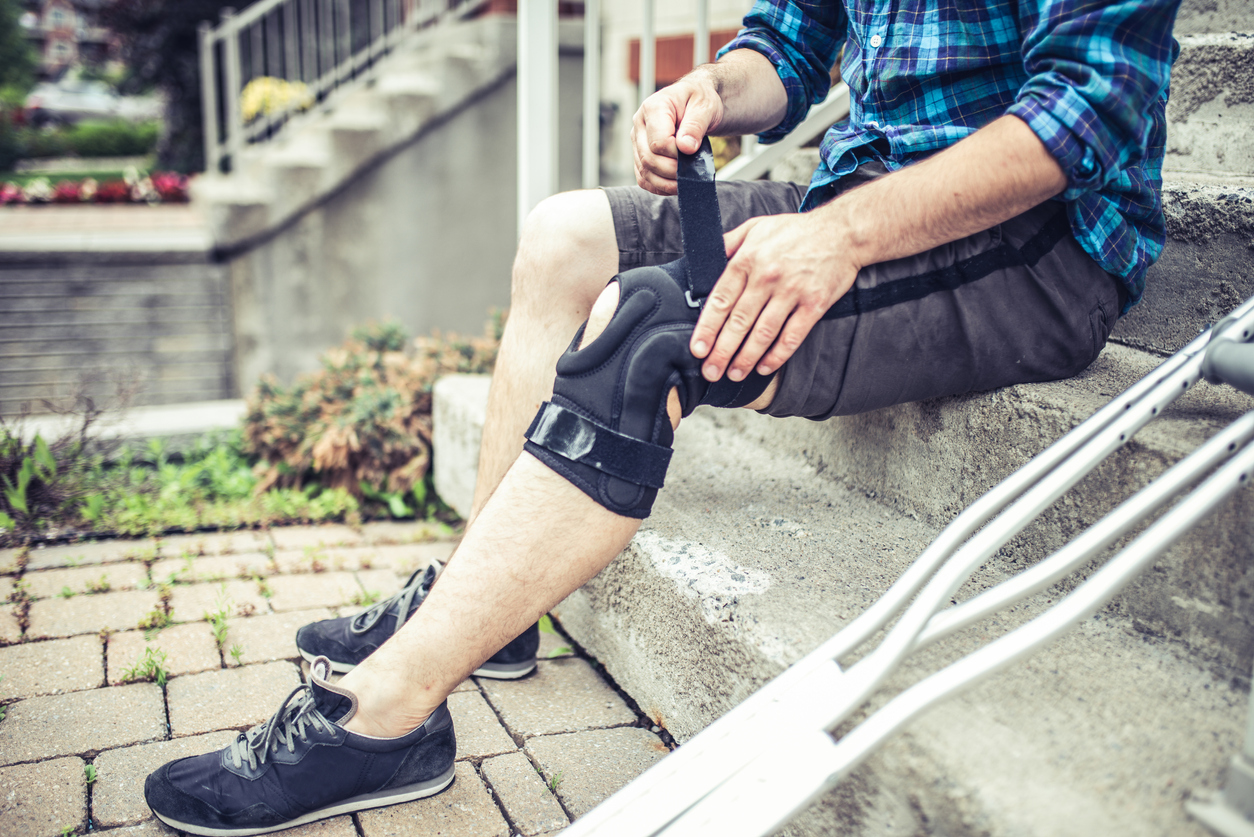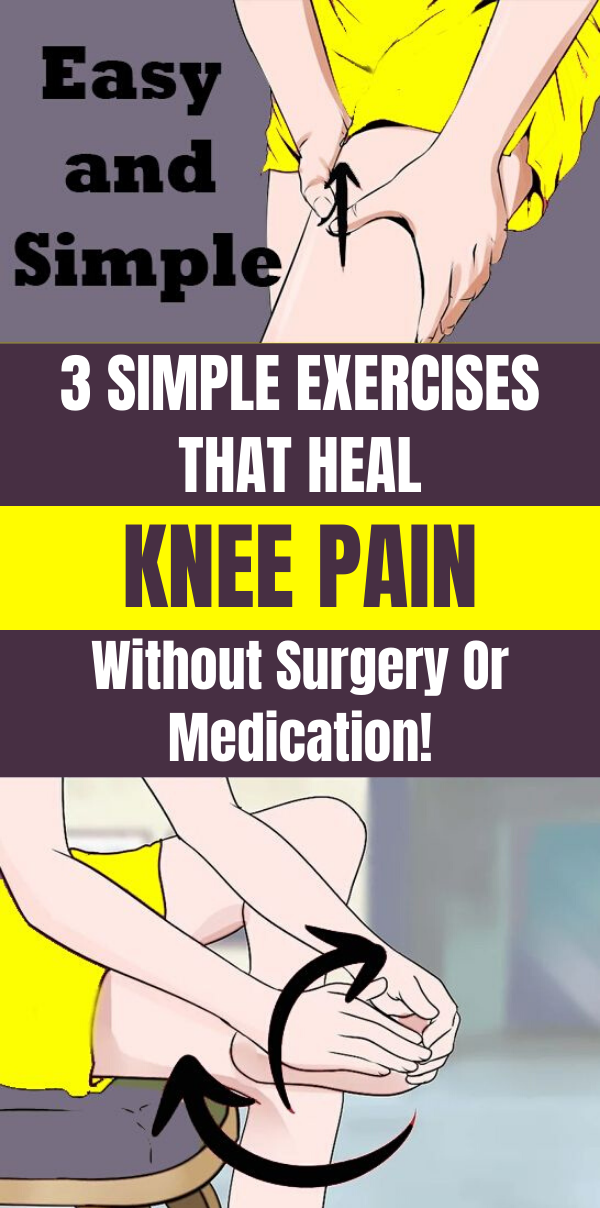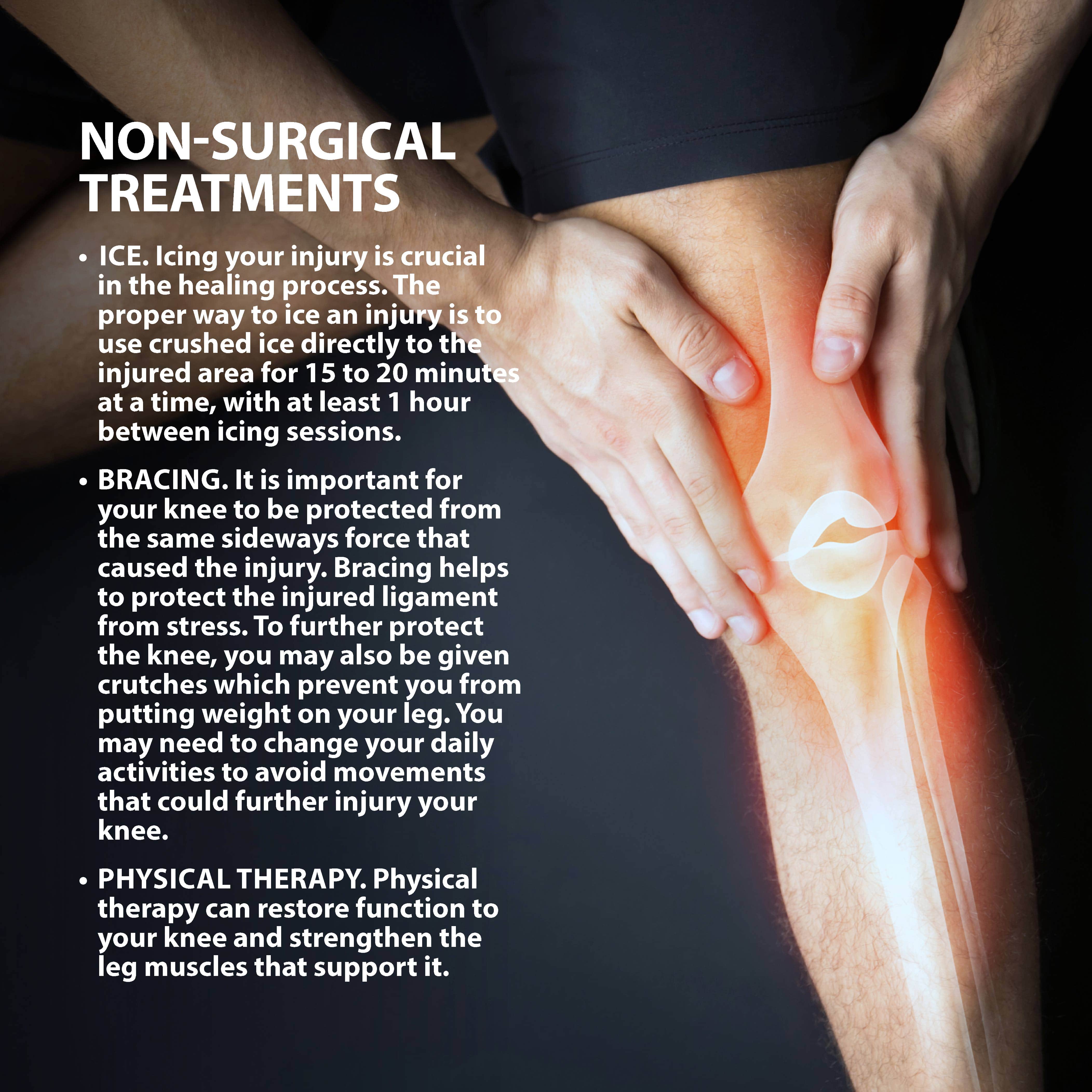Neat Info About How To Heal Knee Injury

If you've torn your meniscus, it might take 24 hours or more for pain and swelling to begin, especially if the tear is small.
How to heal knee injury. This condition typically causes a dull, aching pain in the front of the knee that’s made worse by daily activities, such as squatting, going up or down stairs, or standing up after. Knee pain does not improve within a few weeks get advice from 111 now if: The severity of the knee cartilage injury will determine treatment options and recovery timetables.
Common knee injuries include fractures, dislocations, tears and sprains. Take a break from your normal activities to reduce repetitive strain on your knee, give the injury time to heal and help prevent further damage. A day or two of rest may be all you need for a minor injury.
Rest ice pack application (to reduce swelling that happens within hours of the injury) compression (from an elastic bandage or brace) Apply a snug elastic or ace bandage to. A meniscus tear is a common type of damage to cartilage in the knee.
Early medical treatment for knee ligament injury may include: If your knee pain is due to an injury, surgery, or arthritis, gentle stretching and strengthening exercises may help ease the pain while improving your flexibility and range of motion. However, these imaging tests are not always recommended for knee injuries.
Ligaments, tendons, cartilage, bones and muscles. It's sometimes possible to repair a torn meniscus, especially in children and younger adults. Pain, especially when twisting or rotating your knee.
More severe damage is likely to need a longer recovery time. To cap it all. Knee exercises and stretches can help relieve knee pain caused by many conditions, including these three that commonly affect older women:
Other injuries may require surgery to correct. If the tear can't be repaired, the meniscus might be surgically trimmed, possibly through tiny incisions using an. But it can take a while to heal.
It's common to think you should play through the. Visit a healthcare provider if you have pain or swelling in your knee — or if it’s hard to move or use your knee (especially if you experience an injury or fall). Knee injuries can often be treated at home, but some are serious enough to need surgical intervention.
A rare but limb threatening injury, knee dislocation typically requires emergency assessment and treatment. You might develop the following signs and symptoms in your knee: Begin by resting your leg and refraining from any activities that lead to increased pain.
It means you should stay off your knee as much as possible in the first few days,. Use an ice pack or bag of frozen peas wrapped in a tea towel on your knee for up to 20 minutes every 2 to 3 hours use painkillers such as paracetamol or ibuprofen gel or tablets see a gp if: Many knee injuries can be successfully treated with simple measures, such as bracing and rehabilitation exercises.


















